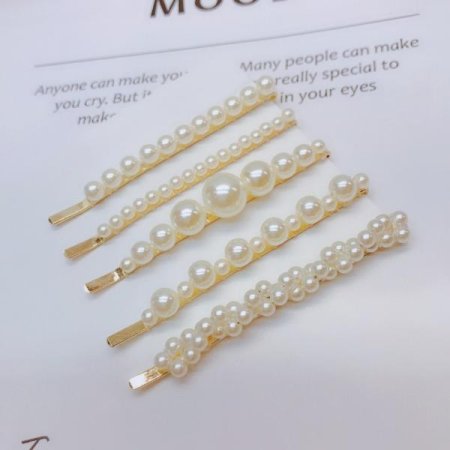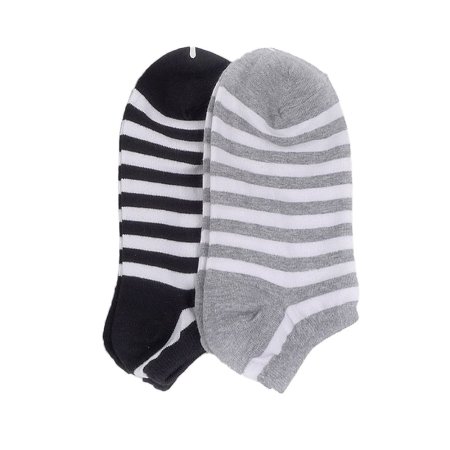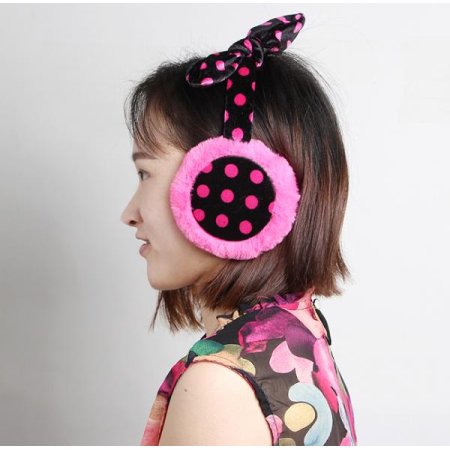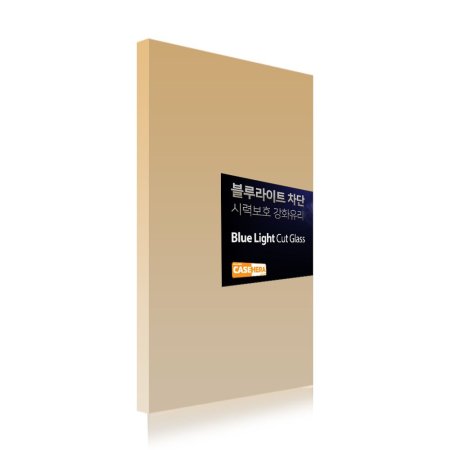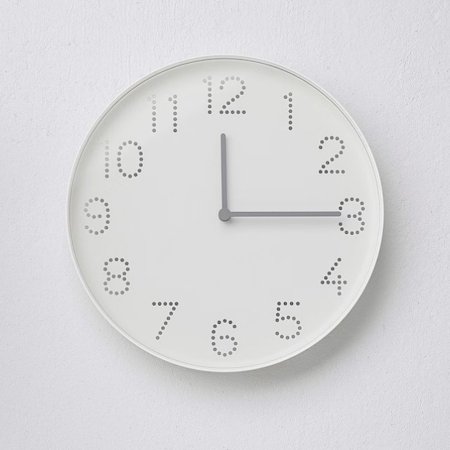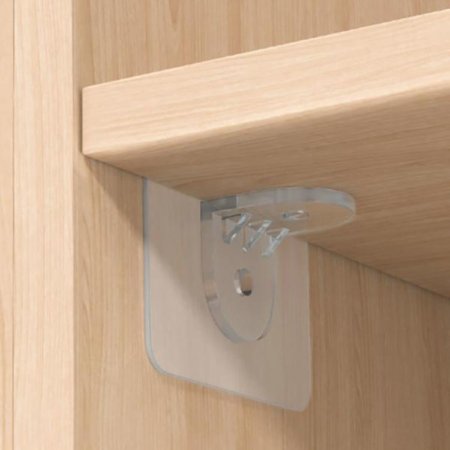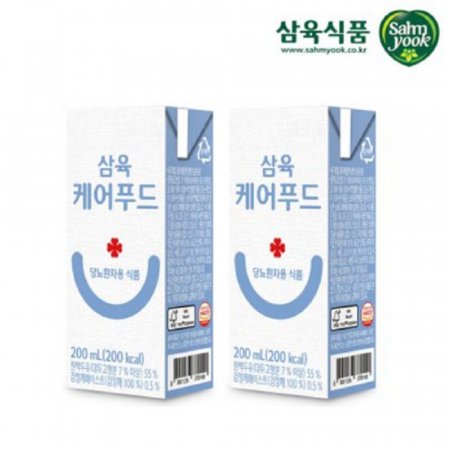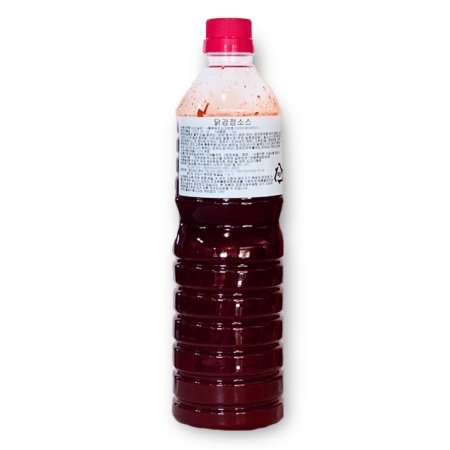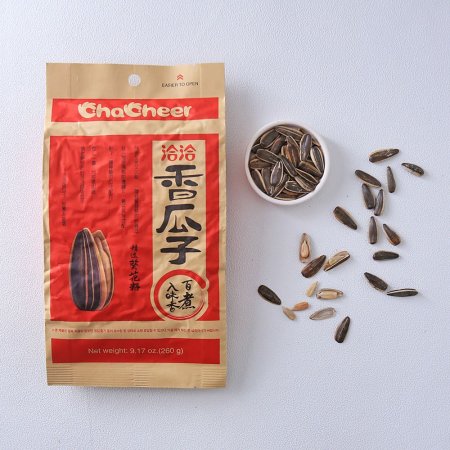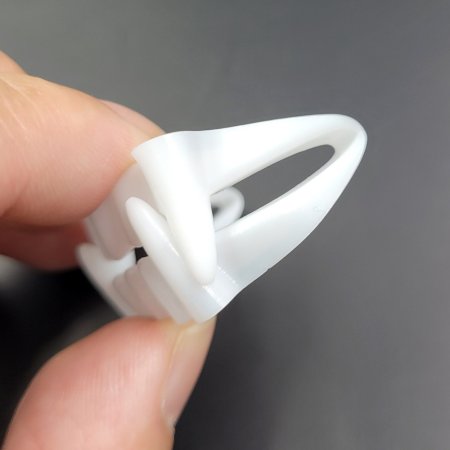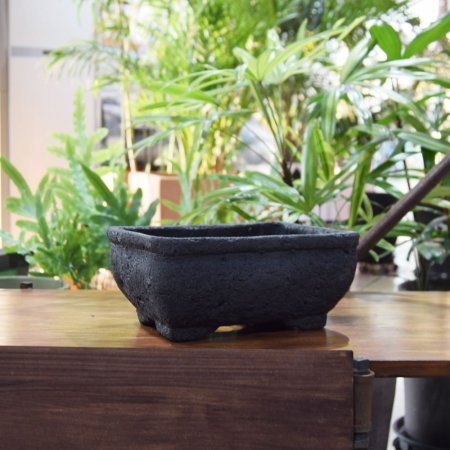[문화재청](국영문 동시 배포) 경복궁에서 정화시설 갖춘 150여 년 전의 대형 화장실 확인

경복궁 동궁의 남쪽 지역에서 현대 정화조와 유사한 시설을 갖춘 대형 화장실 유구(遺構)가 확인되었다. 문화재청 국립강화문화재연구소(소장 김인규)는 경복궁 동궁의 남쪽 지역에서 이와 같은 화장실 시설을 발굴하였으며, 그 결과를 7월 8일 오전 10시에 경복궁 흥복전에서 언론에 공개한다. 궁궐 내부에서 화장실 유구가 나온 것은 처음 있는 일이다.
* 정화조(淨化槽): 현대 정화조는 미생물을 이용하여 분뇨를 생물학적으로 처리하는 구조물로
부패조, 침전조, 여과조로 구성됨
경복궁 화장실의 존재는「경복궁배치도(景福宮配置圖)」,「북궐도형(北闕圖形)」, 『궁궐지(宮闕志)』 등에서 기록으로 확인할 수 있다. 문헌에 따르면 경복궁의 화장실은 최대 75.5칸이 있었는데, 주로 궁궐의 상주 인원이 많은 지역에 밀집되어 있었으며, 특히, 경회루 남쪽의 궐내각사(闕內各司)와 동궁(東宮) 권역을 비롯하여 현재의 국립민속박물관 부지 등에 많았던 것으로 보인다.
이번에 발굴된 화장실은 동궁 권역 중에서도 남쪽 지역에 위치하며 동궁과 관련된 하급 관리와 궁녀, 궁궐을 지키는 군인들이 주로 이용하였을 것으로 추정된다. 동궁 권역의 건물들은 1868년(고종 5년)에 완공되었으나, 일제강점기인 1915년에 조선물산공진회장이 들어서면서 크게 훼손되었다.
* 경복궁배치도(景福宮配置圖): 1888~1890년경 경복궁 중건 후 전각의 배치도면으로 고려대학교 소장본이 있음
* 북궐도형(北闕圖形): 1907년 경 왕실 재산 파악을 목적으로 제작된 도면으로 추정되며 규장각과 국립문화재연구소 소장본이 있음
* 궁궐지(宮闕志): 1904년경의 경복궁 전각 칸수와 용도를 설명한 책
* 경복궁배치도와 북궐도형에서 화장실은 측(厠)혹은 측간(?間)으로 표기됨
* 조선물산공진회(朝鮮物産共進會): 1915년 9월11일 ~ 1915년 10월 30일까지 일제가 경복궁에서 전국의 물품을 수집·전시한 대대적인 박람회로 조선 병합의 정당성을 합리화하는데 이용
* 궐내각사(闕內各司): 궁궐 내에 있었던 중앙 관청
* 경복궁 운영 당시 국립민속박물관 부지의 용도 : 여러 직능을 가진 궁녀들의 거처와 일터로 일제강점기 때 대부분 철거되어 공터로 남아 있었으며, 1975년 현재의 국립민속박물관 건물이 조성됨
발굴된 유구가 화장실이라는 것은 「경복궁배치도」와 『궁궐지(宮闕志)』의 기록으로 알 수 있다. 또한, 발굴 유구의 토양에서 많은 양의 기생충 알(g당 18,000건)과 씨앗(오이·가지·들깨)이 검출되었다. 『경복궁 영건일기(景福宮 營建日記)』의 기록과 가속 질량분석기(AMS, Accelerator Mass Spectrometer)를 이용한 절대연대분석, 발굴한 토양층의 선후 관계 등으로 볼 때, 이 화장실은 1868년 경복궁이 중건될 때 만들어져서 20여 년간 사용하였을 것으로 보여진다.
* 경복궁 영건일기(景福宮 營建日記): 고종 대 경복궁의 중건 과정을 1865년 4월부터 1868년 7월까지
기록한 일기형식의 책으로 한성부 주부였던 원세철(元世澈)이 작성함
* AMS: 질량가속기를 이용하여 극소량의 시료에서 정밀한 연대 정보를 산출하는 방법
이번에 발굴된 화장실의 구조는 길이 10.4m, 너비 1.4m, 깊이 1.8m의 좁고 긴 네모꼴 석조로 된 구덩이 형태다. 바닥부터 벽면까지 모두 돌로 되어 있어 분뇨가 구덩이 밖으로 스며 나가는 것을 막았다. 정화시설 내부로 물이 들어오는 입수구(入水口) 1개와 물이 나가는 출수구(出水口) 2개가 있는데, 북쪽에 있는 입수구의 높이가 출수구보다 낮게 위치한다. 유입된 물은 화장실에 있는 분변과 섞이면서 분변의 발효를 빠르게 하고 부피가 줄여 바닥에 가라앉히는 기능을 하였다. 분변에 섞여 있는 오수는 변에서 분리되어 정화수와 함께 출수구를 통해 궁궐 밖으로 배출되었다. 이렇게 발효된 분뇨는 악취가 줄어들 뿐만 아니라 독소가 빠져서 비료로 사용할 수 있다. 이 구조는 현대식 정화조 구조(분뇨 침적물에 물 유입→ 분뇨 발효와 침전→ 오수와 정화수 외부 배출)와 유사하다.
문헌자료에 따르면 화장실의 규모는 4∼5칸인데, 한 번에 최대 10명이 이용할 수 있었을 것으로 보인다. 1인당 1일 분뇨량 대비 정화시설의 전체 용적량(16.22㎥)으로 보면 하루 150여 명이 사용할 수 있었는데, 이는 물의 유입과 배수 시설이 없는 화장실에 비하여 약 5배 정도 많은 것이다.
* 1인당 1일 분뇨 발생량: 1960년~80년대 기준 평균 1.2L
관계전문가(이장훈 한국생활악취연구소 소장)에 의하면 150여 년 전에 정화시설을 갖춘 경복궁의 대형 화장실은 세계적으로도 유례가 없다고 한다. 고대 유적에서 정화시설은 우리나라 백제 때의 왕궁 시설인 익산 왕궁리 유적에서도 확인된 바 있다. 그러나 분변이 잘 발효될 수 있도록 물을 흘려보내 오염물을 정화시킨 다음 외부로 배출하는 구조는 이전보다 월등히 발달 된 기술이다. 이 같은 분뇨 정화시설은 우리나라에만 있으며, 유럽과 일본의 경우에는 분뇨를 포함한 모든 생활하수를 함께 처리하는 시설이 19세기 말에 들어서야 정착되었다. 중국의 경우에는 집마다 분뇨를 저장하는 대형 나무통이 있었다고만 전해질 뿐 자세한 처리 방식은 알려진 바가 없다.
이번 경복궁 화장실 유구의 발굴은 그동안 관심이 적었던 조선 시대 궁궐의 생활사 복원에 많은 도움이 될 것으로 기대된다. 국립강화문화재연구소는 이번 발굴조사의 결과를 보여주는 동영상을 문화재청 유튜브와 국립문화재연구소 유튜브를 통해 12일부터 공개하여 이 분야에 관심 있는 연구자와 시민들에게 제공할 예정이다.
● 문화재청 유튜브 : http://www.youtube.com/user/chluvu
● 국립문화재연구소 유튜브 : https://www.youtube.com/nrichpr
Discovery of the Large-scale Lavatory with a Septic System Built about 150 Years Ago
? The First Excavated Lavatory in the Royal Palace in Korea-
It will be released to the press at 10:00 AM, July 8 at Heungbokjeon Hall, Gyeongbokgung Palace, Seoul-
An excavation team of the Ganghwa National Research Institute (Director Kim, In-gyu) revealed a large-scale lavatory that has a similar facility to the modern-day septic tank located south of Donggung (Palace of the Crown Prince), Gyeongbokgung Palace. The institute will open this long and thin-shaped stone feature measuring 10.4 m long, 1.4 m with, and 1.8 m deep at 10:00 AM, July 8 at Heungbokjeon Hall, Gyeongbokgung Palace, Seoul.
* The anaerobic bacterial environment is developed in the septic tank. Human wastes are decomposed or mineralized in the tank.
Some historical sources including the Gyeongbokgungbaechido (景福宮配置圖: The Plan of the Gyeongbokgung Palace) and the Bukgweoldohyeong (北闕圖形: The Figure of the NorthernPalace) record the locations and dimensions of the lavatories in Gyeongbokgung Palace. According to the sources, the largest one was 75.5 kans; and most lavatories were located in the densely populated area in the palace. In particular, many lavatories were situated close to the Geolnaegaksa Office (闕內各司) south of Gyeonghoeru (慶會樓: The Royal Banquet Hall), Donggung Palace, and the area of the National Fork Museum of Korea.
The location of this structure indicates that it was used for the people serving the Palace of the Crown Family, i.e., low-ranking officials, court ladies, and gatekeepers. The buildings around Donggung Palace were completed in 1868, the 5th year of King Gojong’s reign; but they were severely damaged in 1915, the Japanese Colonial Era. At that time, this site was cleared for holding the Chosun Local Products Expo.
* Gyeongbokgungbaechido (景福宮配置圖: The Plan of the Gyeongbokgung Palace) : This illustration depicting the plan of the place in 1888-1890 is collected in the Korea University Museum.
* Bukgweoldohyeong (北闕圖形: The Figure of the NorthernPalace) : This illustration depicting the plan of the place in 1888-1890 is collected in the Korea University Museum.
* The Chosun Local Products Expo was a colonial fair, which exhibiting objects collected from all over the country, held in the ground of Gyeongbokgung Palace from the 11th of August to 30th of October, 1915. This fair was held for justifying the Japan’s annexation of Korea.
* The lavatories are marked in ‘cheuk (厠)’ or ‘cheukgan (?間)’ in both illustrations.
* Geolnaegaksa Office (闕內各司) : It was the office that managed the affairs of the royal palace.
* The National Folklore Museum established in 1975 was built in the sector for court ladies. Most structures of this area were demolished in the Japanese Colonial Era; and this area was vacant before the construction of the museum.
Along with historical sources, such as the Gyeongbokgungbaechido and the Gunggweolji (宮闕志: Records of the Royal Palace), organic matters recovered from soil samples, which includes parasitic eggs (18,000 eggs per gram) and plant seeds (cucumber, eggplant and perilla) demonstrate that it was the lavatory. On the basis of the records of the Gyeongbokgung yeonggeonilgi (景福宮 營建日記: The Daily Log of the Construction Works of the Gyeongbokgung Palace), the determined AMS radiocarbon dates of the samples, and the stratigraphic profile of the feature, it is postulated that this lavatory was built in 1868 when the reconstruction of the palace was completed, and was used for about 20 years.
* Gunggweolji (宮闕志: Records of the Royal Palace) : This book, which was published in 1904, records the dimensions and uses of the building features in the Gyeongbokgung Palace.
* Gyeongbokgung yeonggeonilgi (景福宮 營建日記: The Daily Log of the Construction Works of the Gyeongbokgung Palace) : This log, which was written by Won, Se-cheol, an official of the Hanseong Municipal Office, records the construction process of the palace from April 1865 to July 1868.
* AMS : Accelerator mass spectrometry (AMS) dating is an advanced technique used to measure the Carbon-14 content of materials.
The lavatory measures 10.4 m long, 1.4 m wide and 1.8 m deep. To prevent leaks of the human wastes out of the structure, its bottom and four walls are built of stones. It has an inlet and two outlets. As the influent was mixed with excrements, human wastes were fermented rapidly, and their volumes were decreased. These resulted in the deposition of the sludge on the bottom and the effluence of the wastewater out of the palace. The remaining fermented impurities, which had less odor and toxin, could be used as fertilizers. Therefore, this feature has the similar function to the modern-day septic tank.
Based on the records of historical sources, which mention that a lavatory is 4 or 5 kans in dimension, it is estimated that this lavatory had a capacity of 10 people maximum. By considering the measure of capacity of the structure (16.22㎥), it could cover about 150 people for a year, about five times higher than the lavatory without the septic system.
* In Korea, the average amount of the excreted human waste per person was 1.2 liter in the
According to Lee Jang-hun (Director, the Korean Institute of Odor Studies), there were few large-scale lavatories with the septic system around 150 years ago. In Korea, a lavatory with the drainage system, which belongs to the Baekje Period, was found at the Wanggung-ri site, Iksan City. However, this feature was not equipped with the developed sceptic system like the feature found at Gyeongbokgung Palace. The septic system of this feature is the unique Korean style; and the sewage system treating domestic sewages and human wastes was established by the late 19th century in Europe and Japan. In China, a large-scale wooden pail for storing human wastes was equipped in the house, but there is no information on their treatments.
The excavation results of this feature will provide invaluable sources for reconstructing the daily life of the royal place in the Joseon Period. To share the achievements of this excavation with researchers and the public, the Ganghwa Institute of Cultural Heritage will release the video on YouTube on July 12.
● http://www.youtube.com/user/chluvu
● https://www.youtube.com/nrichpr
[자료제공 :











